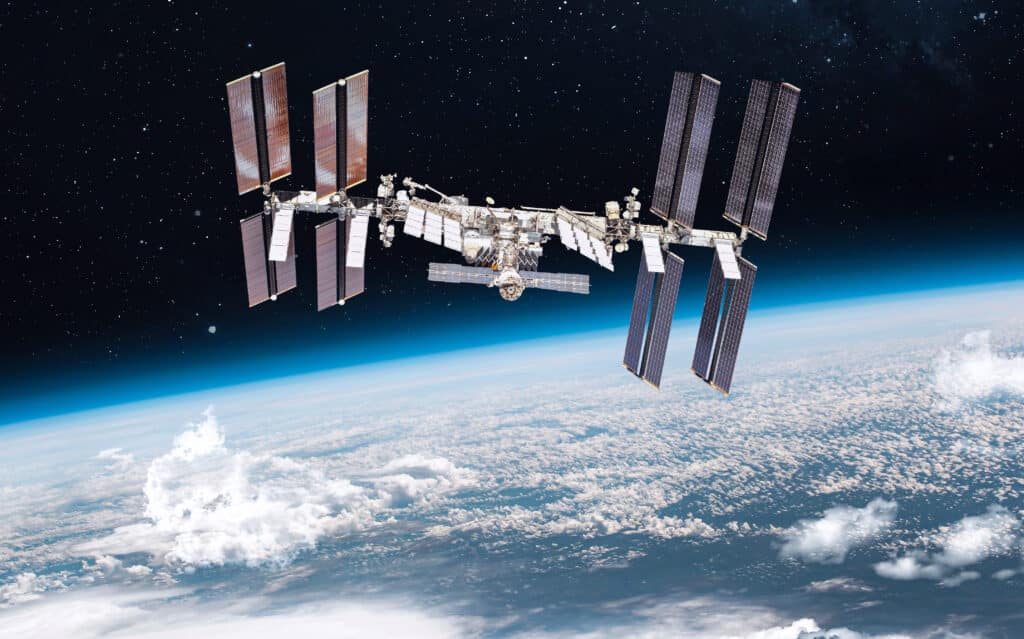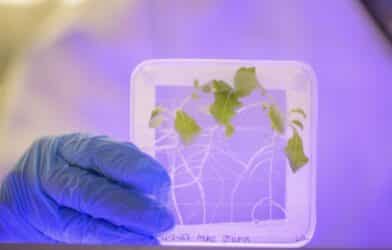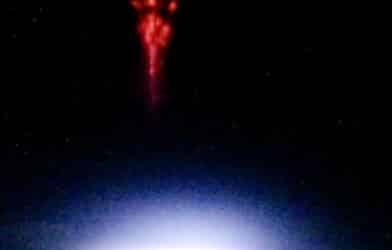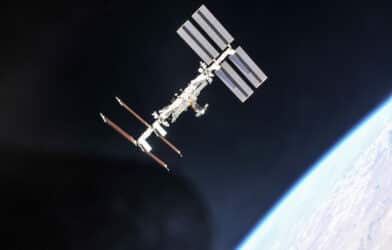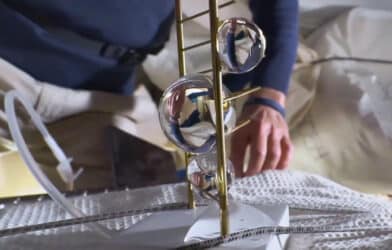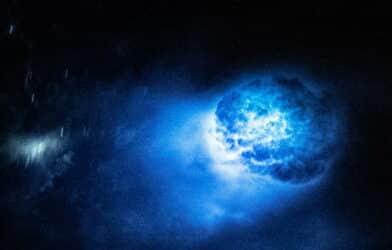A concerning new study reveals that the International Space Station (ISS) might not be as clean as one would expect. Researchers have discovered that dust on the ISS contains concentrations of potentially hazardous chemicals that exceed those found in many American homes. This unprecedented research could have important implications for future space missions, and perhaps even how we think about air quality in our own homes.
The study, a first of its kind, was conducted by scientists from the University of Birmingham in the United Kingdom and NASA’s Glenn Research Center. According to the researchers, “levels of organic contaminants” in the ISS dust “were higher than the median values found in U.S. and Western European homes.”
What’s In The Space Dust?
So what exactly are these “organic contaminants”? The study identified a laundry list of complex-sounding chemicals, including polybrominated diphenyl ethers (PBDEs), hexabromocyclododecane (HBCDD), “novel” brominated flame retardants (BFRs), and many others. In simpler terms, these are chemicals often used in consumer products to make them less flammable or more resistant to stains.
BFRs and organophosphate esters (OPEs) are particularly used to meet fire safety regulations in things like electronics, building insulation, and furniture. Meanwhile, perfluoroalkyl substances (PFAS) are used for stain-proofing fabrics, and polychlorinated biphenyls (PCBs) were previously used in electrical equipment and building materials.
Why Should We Be Concerned?
Some of these chemicals have health implications, which has led to restrictions or outright bans on their use on Earth. In fact, chemicals like PCBs, HBCDD, and certain forms of PBDEs are designated as persistent organic pollutants under global agreements due to their potential long-term environmental and health effects. Some PAH are known carcinogens, and certain OPEs are being reviewed for restriction in Europe.
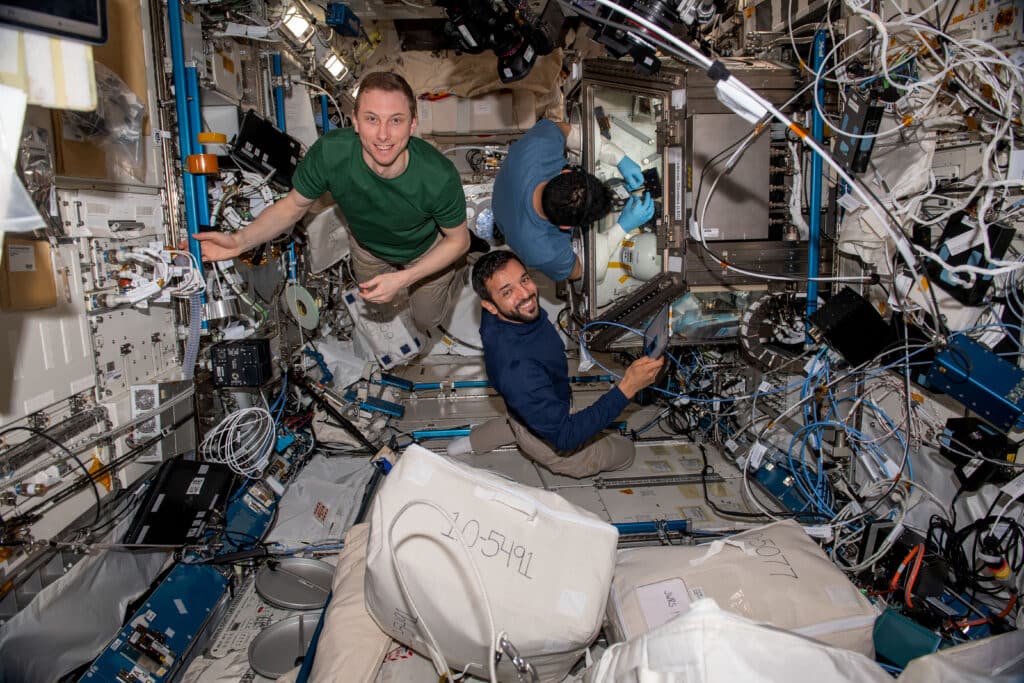
“Our findings have implications for future space stations and habitats, where it may be possible to exclude many contaminant sources by careful material choices in the early stages of design and construction,” says co-author Professor Stuart Harrad, from the University of Birmingham, in a statement.
How Did These Chemicals Get There?
The ISS is not exactly a home, but it does resemble an indoor environment. Air inside the station is recirculated through high-efficiency particulate air (HEPA) filters multiple times per hour. Despite this, some chemicals seem to persist. Researchers suggest that items brought onboard for personal use by astronauts—like cameras, MP3 players, and medical devices—could be sources of these chemicals.
While the study notes that the concentration of these chemicals was “generally within the range found on Earth,” the presence of these substances in a closed environment like the ISS raises questions. These findings could guide the design and construction of future spacecraft, potentially leading to healthier environments for astronauts on long-term missions.
In a time where we’re looking to venture further into space, understanding the indoor environments we create beyond Earth becomes increasingly critical. This study takes us one step closer to understanding how to make those environments safer and healthier.
The research is published in the journal Environmental Science & Technology Letters.
